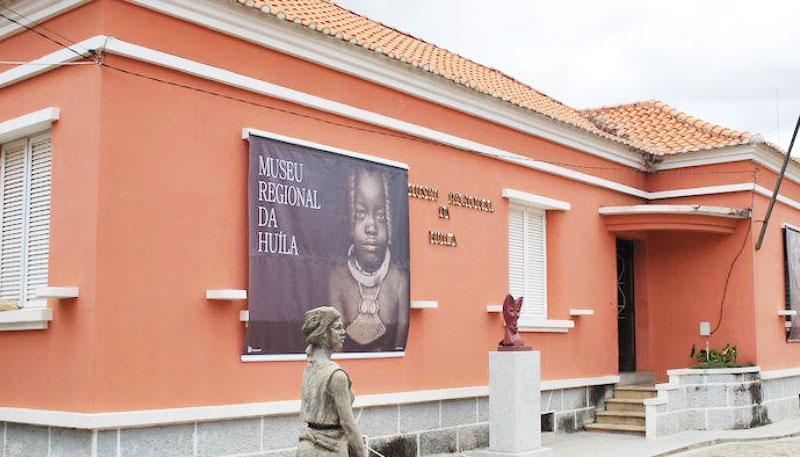Africa-Press – Angola. Primary school students from the municipality of Lubango stand out among the visitors to the Regional Museum of Huíla since its reopening, in August 2022, after the stoppage caused by the Covid-19 pandemic, said its director, Angelina Sacalumbo.
Monday, in this city, Angelina Sacalumbo made it known that the Museum has received “many” visits from both foreigners and nationals, especially students in the latter, a fact that she associates with people’s anxiety after closed for a long time.
He detailed that the Museum receives between 600 and 700 visitors every month, with an emphasis on 10 to 12 foreigners, mainly Spanish, English and Portuguese, but the focus is on schools that take their students weekly, to reconcile theory with practice.
At the Ethnographic Museum, according to the source, students seek to know a little more about the material culture of the Region and the feedback with the schools is positive, as it helps to bring culture to the new generations and, consequently, to society itself.
Angelina Sacalumbo underlined that the Pastorícia room and the Cabaça Batedeira, or called Ohupa, as it is the traditional industry for transforming fresh milk into sour milk, have attracted the attention of students, as well as the Power Belief and Spirituality compartment.
The director of the Huíla Regional Museums lamented the fact that, in terms of individual visits, there was little participation by young people.
The Huíla Regional Museum is an ethnographic museum founded in 1957 by Peixoto Correia, with the aim of investigating, conserving and disseminating ethnographic and paleontological pieces from the southern region of Angola.
It houses more than 1,500 pieces, most of which are in technical reserve, it has 300 pieces on display that portray the daily life of the people of the provinces of Huíla, Cunene, Namibe and Cuando Cubango.
For More News And Analysis About Angola Follow Africa-Press






